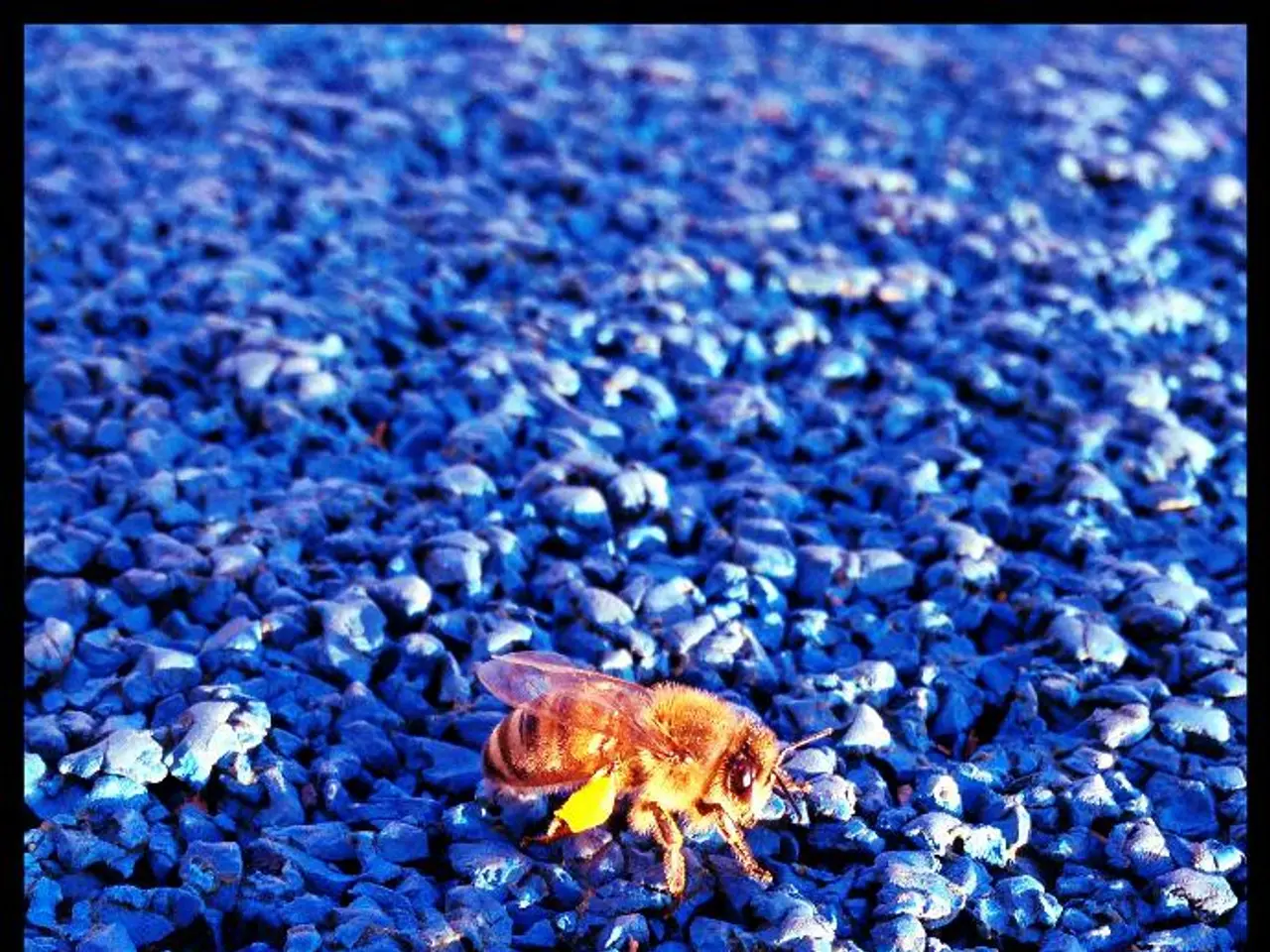Moonstone and Adularescence Exploration: Deciphering the Mysteries of Moonstones and Their Shimmering Quality
In the captivating world of gemstones, two standouts from the feldspar group, Moonstone and Labradorite, exhibit unique optical phenomena that set them apart. Both are valued for their striking visual effects, but it is the adularescence in Moonstone and the labradorescence in Labradorite that truly make them desirable.
The blue adularescence effect in Moonstone is a result of light scattering between extremely fine layers of orthoclase and albite feldspar within the stone. These microscopic layers, formed during the slow cooling of magma, create an internal structure that diffracts light, producing a distinctive glow that can range from soft white to vibrant blue, often referred to as a "blue flash" or blue adularescence. This phenomenon is most visible in cabochon-cut Moonstones, where the smooth domed surface accentuates the sheen.
In contrast, Labradorite's labradorescence is characterized by flashes of iridescent color caused by light interference within microscopic layers of feldspar. The effect in Labradorite displays a broader spectrum of colors (often blues, greens, and golds), while the Moonstone's adularescence is a softer, more diffuse blue or white glow caused by light scattering rather than interference.
This difference lies in the specific way light interacts with the stone’s layered internal structure, producing distinct but related phenomena in these feldspar minerals.
Labradorite, another feldspar, is a well-known iridescent gemstone, with blue, green, yellow to orange, and reddish iridescence. It is greyish and translucent due to many inclusions, but some are nearly white and transparent. The approximate RI of Labradorite, at 1.56, is measurably higher than that of Moonstone.
Interestingly, Moonstone sometimes shows elongate "centipede" inclusions not found in other stones, while Labradorite seldom exhibits pleochroism and does not contain these unique inclusions.
The quality of Moonstone, including Rainbow Moonstone, depends on factors such as body color, transparency, freedom from eye-visible inclusions, the extent and brightness of iridescence, cutting style, orientation, and size. Labradorite, including Rainbow Moonstone, almost always shows lamellar twinning, which may be seen with a loupe as elusive planar structures or, more dramatically, when suitably oriented on a polariscope. Moonstone does not show lamellar twinning.
Both Moonstone and Labradorite are popular gemstones in the jewellery trade and are available in a wide range of qualities and values. Moonstone is a generally accepted birthstone for the month of June and the state gemstone for Florida, USA, while Labradorite is a well-known gemstone named after the Labrador region in Canada.
Moonstone is a feldspar which contains potassium and sodium, while Labradorite is a feldspar that contains calcium. The size differences between these elements' atoms allow for accommodation in growing feldspar crystals, contributing to the unique optical effects observed in these gemstones.
The process of exsolution, which occurs in feldspars, produces oriented layers and inclusions of one type of feldspar in another, causing reflection and scattering effects. This process plays a crucial role in the formation of the adularescence in Moonstone and the labradorescence in Labradorite.
In conclusion, Moonstone and Labradorite, while both feldspars, exhibit distinct optical phenomena due to their unique internal structures. The adularescence in Moonstone is caused by light scattering between layers, whereas Labradorite’s labradorescence arises from light interference within those layers. Understanding these differences provides valuable insights into the fascinating world of gemstones.
- The foundation of gemmology involves studying gems like Moonstone and Labradorite, each showcasing unique optical phenomena, such as adularescence and labradorescence, respectively.
- As part of health-and-wellness initiatives, one could enroll in courses on gemmology to understand the science behind these striking stones and their preservation.
- For fitness enthusiasts interested in sports analysis, understanding the properties of gemstones like Moonstone and Labradorite could provide a new perspective on the European leagues, given their symbolic association with premier teams like Manchester City, whose crest features Labradorite.
- Nutritionists, mental health professionals, and fitness coaches might find that incorporating gemstones into their health-and-wellness programs could offer an unexpected boost, as Moonstone, for instance, has been associated with tranquility and balance in mental health.
- In the realm of fitness-and-exercise, Moonstone could represent the unseen hard work and persistence that athletes put into their sports, with its 'blue flash' symbolizing the bursts of speed and agility commonly seen in football matches.
- Some individuals may even develop a passion for gemmology and sports, focusing their courses on the intersection of gemstones and premier leagues, or using their understanding of gem optical properties to assess the quality of gemstones like Labradorite in the jewellery trade.




